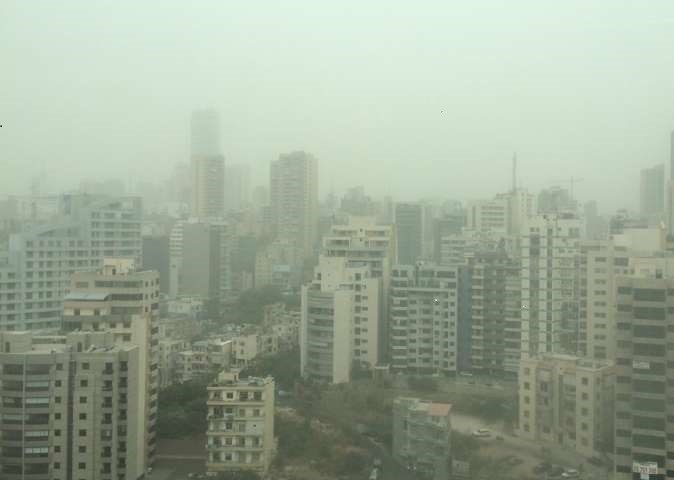Unearthing of new evidence on Middle East dust storms
Unusual aridity, combined with unique weather patterns are the main causes of extreme dust storms recently affecting the Middle East. Several reports publicized in the media, have been blaming the ongoing regional conflict for the dust fuelling the storms through changes in land use and cover - and for activities like increased military traffic over unpaved surfaces and farmers reducing irrigation or abandoning agricultural land. However, a new study, concludes that climate, not conflict, explains extreme Middle East dust storms. Elie Bou-Zeid, a member of the research team, from Princeton University, USA, said "If the cause of the storm was human conflict, then when the conflict ends, the causes go away, and that's all good…. but if it’s is due to climatic conditions that are going to become more frequent in the future, then this is something that will reoccur."
The intensity and frequency of sandstorms in the Middle East has greatly increased over the past 15 years. In September 2015, a severe sandstorm engulfed much of the Middle East, causing at least 12 casualties and nearly 1,000 people were hospitalized with breathing problems across the region. In Syria, the sandstorm caused dozens of suffocation cases, including 3 casualties, and disrupted the fighting and air strikes. During May 2016, 14 Iranian provinces, including Teheran, were badly affected, with 16 villages in the province of Kerman, buried in sand and completely deserted amid consistent sandstorms.
The research team used surface meteorological and remote sensing data, as well as regional climate model simulations. Analysis of vegetation data for the period leading up to the recent storms, shows that vegetation cover was nearly twice as high than the 2007-2010 average, and also greater than the 2001-2007 average. Meteorological simulations, using the Weather Research and Forecasting model, indicated that the storm was associated with 'Shamal' winds, typical for dust storm generation in the region, followed by unusual wind reversals at low levels spreading the dust widely. These unusual meteorological conditions were aided by a significant reduction in the critical shear stress due to extreme dry and hot conditions, thereby enhancing dust availability for erosion during the storms.
Read more: Climate, not conflict, explains extreme Middle East dust storm, published Nov. 8, 2016, in Environmental Research Letters




